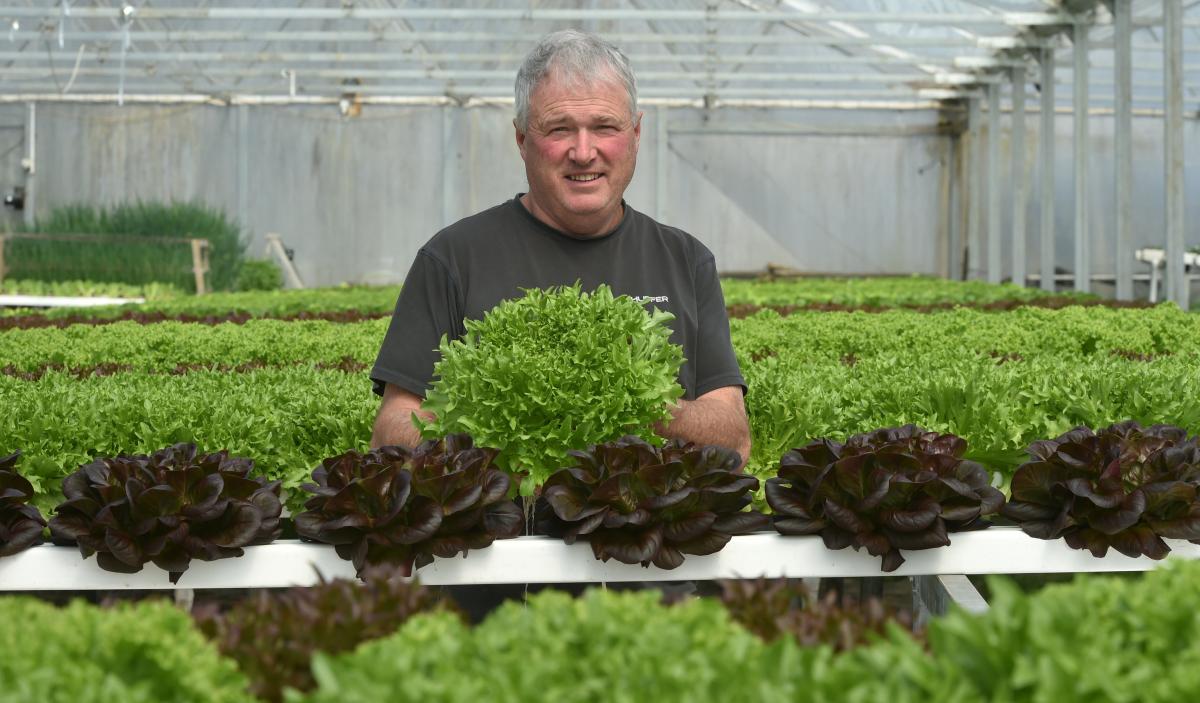People working in hospitality have been getting paid a rate that is closer and closer to the minimum wage over the years.
The Restaurant Association has produced its latest remuneration report, which shows what people are being paid on average around the country.
But economists say it also highlights how little many hospitality jobs are paying.
A bar manager is now being paid an average $32.20 an hour, a barista $26.91, a breakfast chef $29.23.
Café managers are earning an average $29.86, chef de partie $29.63, and duty managers $29.16.
General managers are earning $44.85, head chefs $36.81 and kitchen hands $25.03.
Sommeliers are getting $30.30 on average and wait staff $25.52.
The minimum wage is $23.50.
“Our latest remuneration survey reflects a sector that is steadily moving forward,” said Marisa Bidois, chief executive of the Restaurant Association.
“Despite continued cost pressures and tight operating margins, hospitality businesses are prioritising wage growth and creating structured pathways for career progression.”
The average hourly wage across the industry was $27.84, she said, up 2.54 percent from the previous year. Salaried roles edged up to an average of $83,415.
She said the report showed clear wage progression in both kitchen and front-of-house roles.
Entry-level positions started close to the minimum wage, but moved up.
Head chefs were earning up to $46.62 an hour and general managers averaging $133,208 annually. Front-of-house roles follow a similar path, with senior management roles reaching $45 an hour or more, she said.
Caterers and bar operators were earning some of the highest hourly rates, at $32.95 and $30.90 respectively
“Whether you’re starting out or already in leadership, there are opportunities to grow and earn more,” Bidois said.
‘Everyone has concerns about whether they will have a job’
But Craig Renney, policy director and economist at the Council of Trade Unions said the average rate of wage growth cited in the report was less than the rate of inflation.
“At best most workers are standing still.”
He said the sector had been hurt badly and had not fully recovered since Covid. “We don’t have the same number of tourists and people are keeping their hands in their pockets. Everyone has concerns about whether they will have a job.”
He said it was concerning that people with skills, such as pastry chefs and sommeliers, were still earning only about $30 an hour.
“That suggests there is very little return to education or training.”
People such as bar managers had legal obligations to consider, too, but were not getting much more than the living wage, he said.
But he said there were not many restaurants in New Zealand that were sufficiently expensive to pay higher wages.
Bidois said, for the first time, operators had reported that wage costs had reached an average 40 percent of outgoings.
Renney said there had been little growth in the number of filled jobs in the sector. Since 2019, the number had only increased 4.3 percent.
That was about half the rate of all sectors.
Gareth Kiernan, chief forecaster at Infometrics, said accommodation and food services wages had not kept pace with an economy-wide increase in wages since the 1970s.
“The exception was the very tight labour market during Covid-19, when hospitality wages rose faster – you can even see a little bit of this before the pandemic in 2018 and 2019. Essentially, prior to this point in time, employers in the industry didn’t need to pay much because there was a relatively good supply of people to do the work.”
He said, apart from a rally between 2020 and 2022 due to those issues, average hospitality wages had been generally getting close to the minimum wage over time.
“Hospitality pay rates, in relative terms, have actually improved between 2017 and 2022, but this lift is likely to have been driven by the very tight labour market more than anything else, and wage growth has slipped back over the last two or three years as the economy and spending growth have weakened and the unemployment rate has risen.
“Putting current cyclical conditions aside, demographic projections suggest that the labour market will remain relatively tight over the medium-term as the population ages, which could create conditions for better wage growth in hospitality than prevailed between the 1980s and mid-2000s.
“If the labour supply remains tight across the whole economy over the medium-term, then all industries will need to compete harder for labour, but the squeeze could be tightest in lower-paid industries such as retail and hospitality unless their pay rates lift significantly.
“The alternative to paying a lot more for workers is to invest in labour-saving capital instead – we’ve seen this occurring in retail and hospitality over the last couple of decades already, and there was additional pressure during the pandemic, where QR codes for ordering etc reduced the need for wait staff, for example – so increasing wages is not the only part of the puzzle.”















